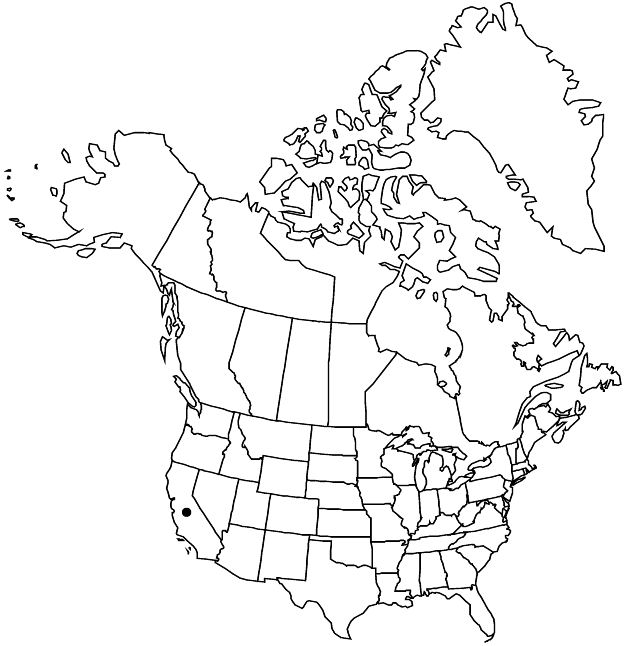Prunus ilicifolia var. occidentalis
Proc. Calif. Acad. Sci., ser. 2, 1: 209. 1888. not Swartz 1788
Trees, 40–150 dm. Leaves: petiole 8–25 mm; blade oblong-ovate to ovate-lanceolate, 4–12 × 1.5–5.5(–7) cm, margins not or slightly undulate, usually entire, sometimes remotely spinose-serrulate. Drupes blue-black, 15–25 mm.
Phenology: Flowering Mar–May; fruiting Aug–Nov.
Habitat: Chaparral, woodlands, canyons
Elevation: 0–500 m
Distribution

Calif., Mexico (Baja California).
Discussion
Variety occidentalis is native on the Channel Islands and occasionally escapes from cultivation on the mainland. Some botanists consider it a subspecies or variety of Prunus ilicifolia because the two taxa when grown together hybridize to form viable fertile offspring (P. H. Raven 1963), and since some specimens have more or less toothed leaves, intermediate between the extremes of the two taxa. Others prefer distinct species based on geographic isolation and differences in plant size and habit, leaf margin, petiole length, and fruit color.
Variety integrifolia Sudworth is an illegitimate and superfluous name that pertains here.
Selected References
None.